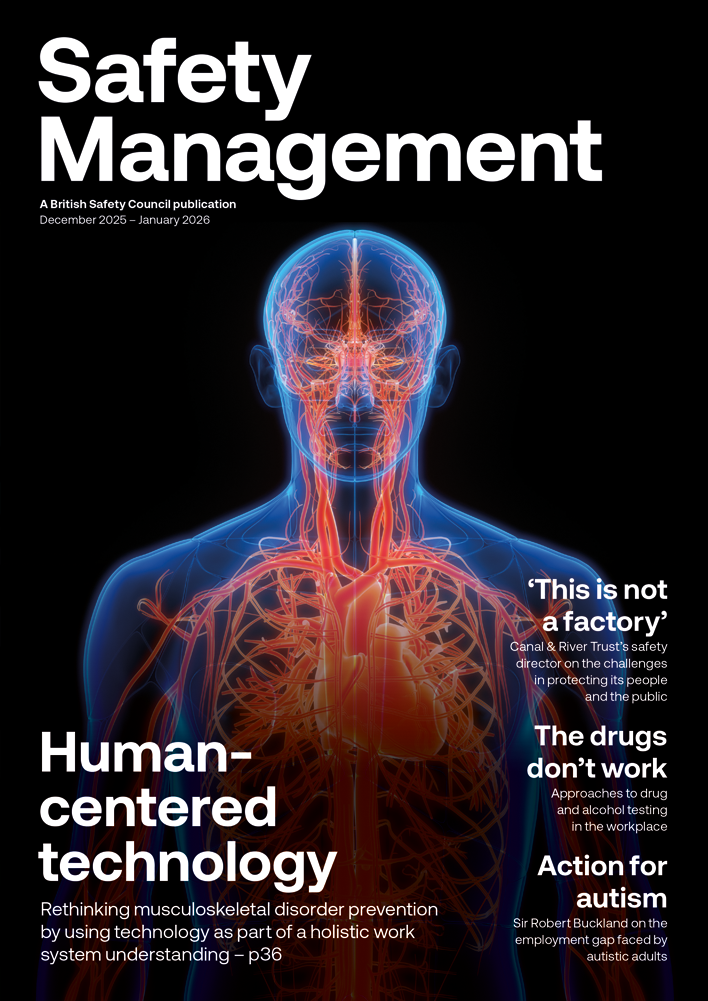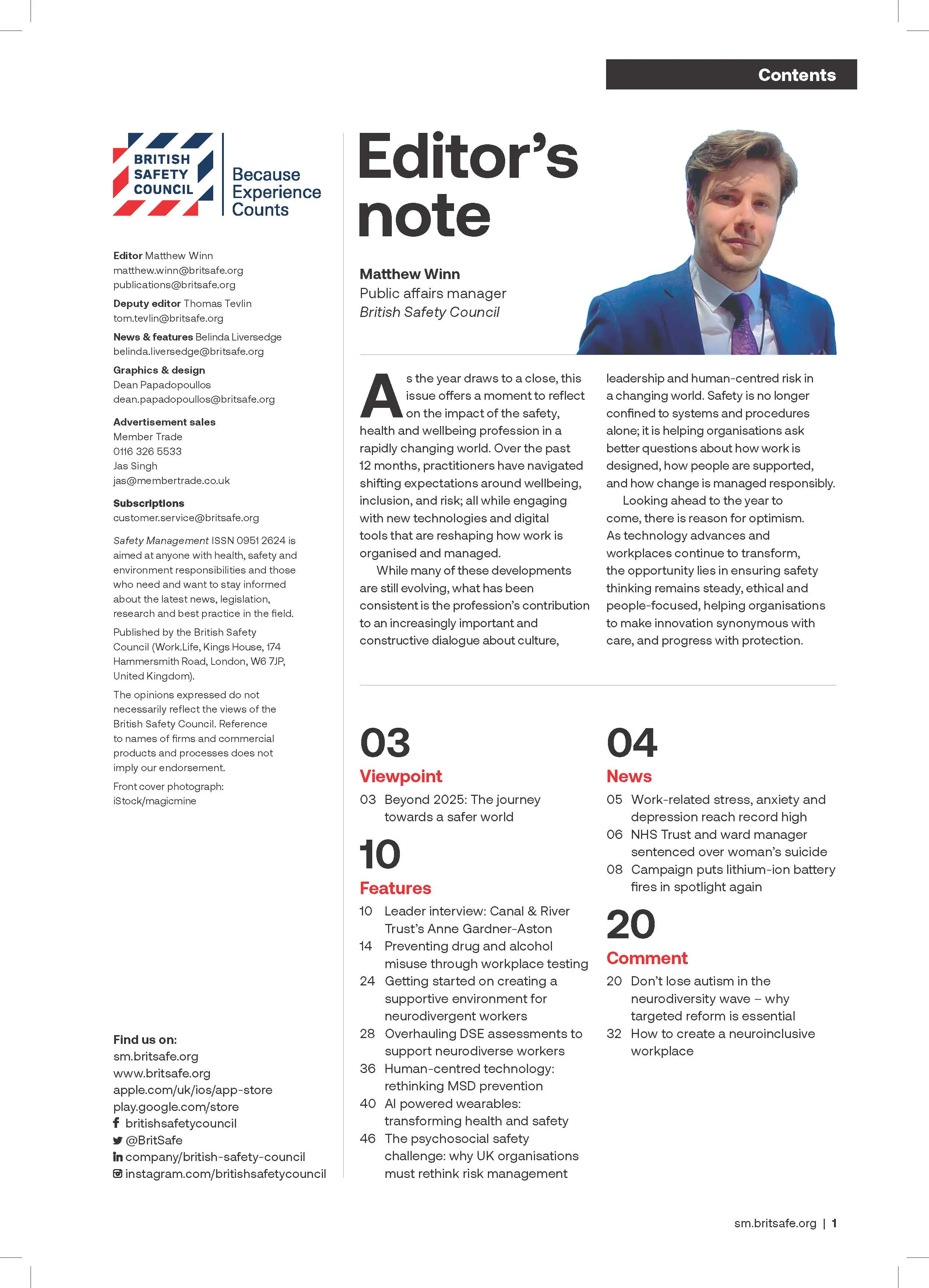There are numerous regulations relating to asbestos and legionella management which railway companies must comply with to ensure optimum protection for those using their facilities.
Features
Managing asbestos and legionella on the railway
How can your rail organisation remain compliant and what are the most appropriate measures to manage the level of risk posed by these two contaminants?
Asbestos
Under the Control of Asbestos Regulations (CAR) 2012, dutyholders of non-domestic premises have a requirement to manage asbestos risk by having an Asbestos Management Plan in place.
The Office of Rail and Road (ORR) has clarified the definition of ‘non-domestic premises’ to include railway lineside structures, railway vehicles and rolling stock, in addition to train stations and other public buildings.
These regulations require dutyholders/responsible persons to locate asbestos containing materials (ACMs), keep up-to-date records on the location of asbestos, work out the most appropriate control measures, develop and update a risk management plan and inform those working in the presence of ACMs of their whereabouts.
Where a material or component on the railway is suspected of containing asbestos, the item must be treated as an ACM, until proven otherwise. This will then be identified by a qualified person as an ACM or non ACM, and where appropriate, the type of asbestos will also be determined.
There are a range of materials incorporated within rolling stock and related infrastructure that could potentially contain asbestos, with sampling and analysis serving as the definitive way to decipher whether the fibrous mineral is present.
Selecting a competent asbestos surveyor can support you in identifying the locations of asbestos in your premises, structures, rolling stock and, therefore, support you in your obligatory responsibilities.
Most buildings, such as rail stations and depots, have had management surveys carried out to determine the extent of any ACM that may or may not be present. Where refurbishment or demolition on buildings is planned, more intrusive surveys are required to try and identify all asbestos within the fabric of the building.
Legionella
It is a requirement of the Legionnaires’ disease Approved Code of Practice (ACOP L8) that you keep records for all aspects of your legionella management and control processes, and therefore, responsible persons are legally required to ensure compliance with the Control of Substances Hazardous to Health Regulations (COSHH) 2002, Management Regulations and the Health and Safety at Work Act 1974.
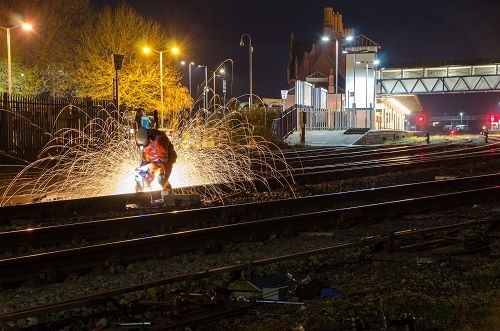 Where a material or component on the railway is suspected of containing asbestos, the item must be treated as an ACM, until proven otherwise
Where a material or component on the railway is suspected of containing asbestos, the item must be treated as an ACM, until proven otherwise
More importantly, the monitoring you carry out and the records you keep are your evidence to the ORR and HSE that you are effectively managing the risks that are present. Without this evidence, they will not know that you are keeping the systems safe, and should any serious issues arise, this could lead to enforcement action.
To effectively manage your railway’s water system and prevent the growth of bacteria, a series of control measures such as water movement, temperature control, chemical dosing or filtration can be implemented. Based on the control measures already in place or required by your risk assessment, you will need to put a monitoring programme in place to demonstrate that these controls are effective.
How often you will have to carry out water hygiene monitoring will depend of the type of system, the system’s condition, the type of occupant and the history of the plant or system present.
The Technical Guidance document HSG274 Part 2 provides guidance on the monitoring tasks and required frequencies, and these should be used as a guide and read in conjunction with the recommendations given in your risk assessment by your risk assessor.
All of your water systems will require some form of monitoring, including flushing, temperature monitoring, chemical level checks, condition inspections, cleaning, disinfection and sampling.
Finally, you must keep records of everything you do as part of your legionella control programme, including monitoring, inspections and maintenance. Records can be kept electronically or as hard copies – as long as the information is there and readily available, it does not matter how it is kept.
Legionella risk assessments and written schemes need to be kept while they are relevant and for two years following review, while all monitoring and maintenance records need to be for a minimum of five years.
The below examples are typical of the information required when keeping records for legionella management and control:
- Names, positions and contact details of those involved in the control process
- Training records for staff
- A copy of the risk assessment, its location and evidence of any remedial work
- Schematic diagram
- Information on the water system
- A visit log for contractors, consultants and visitors
- COSHH data and Material Safety Data Sheet (MSDS) information
- Contractor visit reports
- Audits of the Legionella control programme
- Control parameters
- Planned Preventative Maintenance programme
- Method statements
- Signed and dated records of all monitoring and inspections undertaken
- Defect and fault management records for results outside of control parameters
- Chemical and microbiological analysis reports and certificates.
Denis Morgan is Manager technical training division, asbestos team, SOCOTEC Paul Sear is National technical manager, water hygiene team, also at SOCOTEC
FEATURES

Underpinning safety training with neuroscience for long lasting impact
By SSE Active Training Team (ATT) on 30 November 2025
A behavioural safety training programme developed by Active Training Team for energy provider SSE has been carefully designed with neuroscientific principles in mind – resulting in a prestigious industry award for Best Training Initiative in 2024.
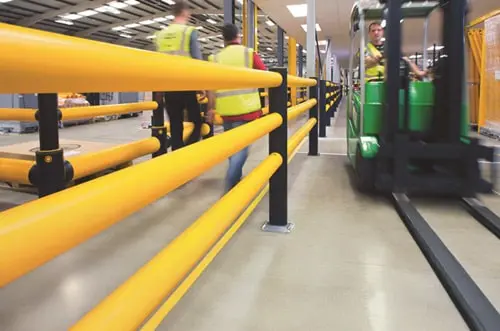
Why a painted line will never be enough
By UK Material Handling Association (UKMHA) on 20 November 2025
Businesses that operate material handling equipment like forklifts are being urged to submit accident and near miss details to a new confidential reporting portal so the industry can identify what needs to be done to improve safety standards.
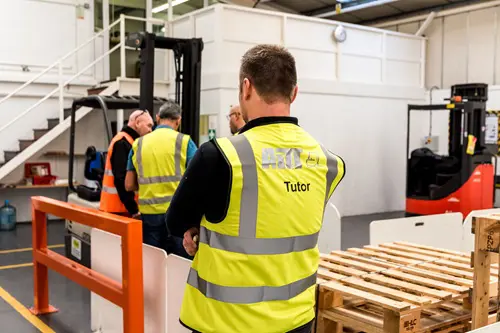
Why workplace transport training is changing in 2026 and what it means for employers
By AITT on 26 November 2025
New workplace transport training categories due in January mean it is essential to ensure operators of material handling equipment have the necessary training for the exact type of machine they use, and accredited training providers are an ideal source of advice and conversion training.


